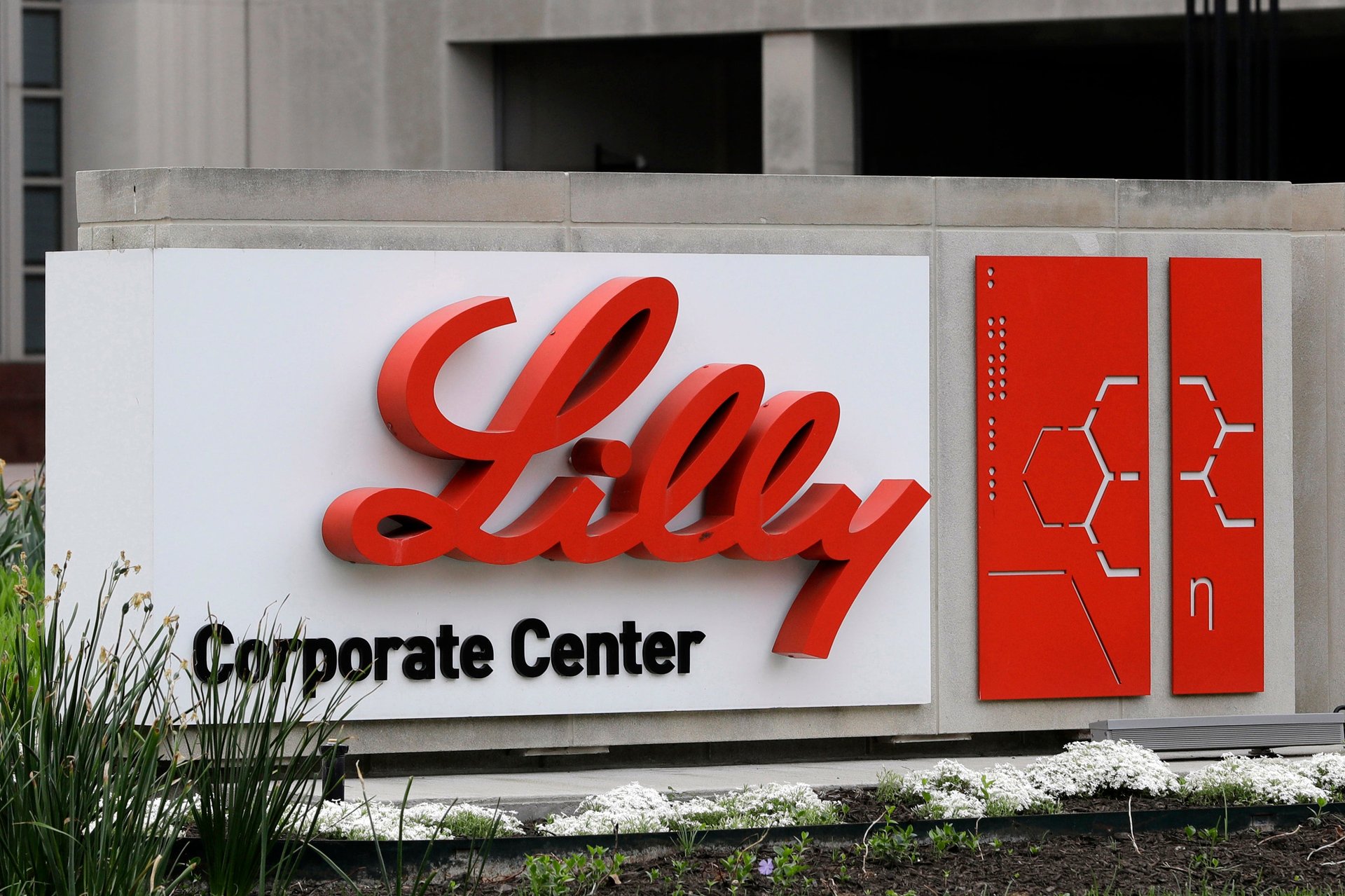Lilly rides Mounjaro, Zepbound to better-than-expected 1Q profit despite supply issues
Rapidly climbing sales of the new obesity drug Zepbound and its counterpart for diabetes, Mounjaro, pushed Eli Lilly to a better-than-expected first-quarter profit

Rapidly climbing sales of the new obesity drug Zepbound and its counterpart for diabetes, Mounjaro, pushed Eli Lilly to a better-than-expected first-quarter profit.
Suggested Reading
The drugmaker also hiked its sales and earnings forecast for 2024 beyond Wall Street's expectations even as it hustles to boost manufacturing and catch up to surging demand for the drugs.
Related Content
Lilly said it was still dealing with supply issues that also hampered the company in the fourth quarter. Company officials expect that to persist through this year, but they emphasized Tuesday that help was on the way.
They expect significant manufacturing increases to occur, starting in the back half of the year.
CEO David Ricks told analysts Tuesday that Lilly was undergoing “the most ambitious expansion plan in our company's history.”
Indianapolis-based Eli Lilly and Co. recorded $517 million in sales from Zepbound, which received approval from U.S. regulators last November. Total Mounjaro sales more than tripled to $1.81 billion from $568 million in last year’s quarter.
Sales of the breast cancer treatment Verzenio also jumped 40% to top $1 billion in the quarter.
Those drugs helped the company’s total revenue rise 26% to $8.77 billion. But Wall Street expected a little more. Analysts had forecast $8.94 billion in sales, according to a survey by FactSet.
A 26% drop in sales for Trulicity softened some of the company’s gains from Mounjaro and Zepbound. Lilly said it also dealt with supply constraints for the diabetes treatment.
Lilly also booked higher costs in the quarter.
Research and development expenses jumped 27% to $2.52 billion. The company took a $75 million charge for ending research into using Verzenio as a potential prostate cancer treatment.
Lilly is seeking regulatory approval for a potential Alzheimer's disease treatment, donanemab. It also plans to expand the use of tirzepatide, the molecule behind Mounjaro and Zepbound, to treat obstructive sleep apnea.
Overall, Lilly’s net income jumped 67% to $2.24 billion. Earnings adjusted for one-time items totaled $2.58 per share.
Wall Street expected $2.47 per share.
For the full year, Lilly raised its forecasted range for adjusted earnings per share by more than a dollar. It now expects earnings of between $13.50 and $14 per share. That would more than double the company’s total of $6.32 per share from 2023.
The company also raised its full-year revenue guidance by $2 billion to a range of $42.4 billion to $43.6 billion.
Analysts forecast adjusted earnings of $12.49 per share on $41.44 billion in revenue.
Shares of Lilly jumped nearly 5% to $772.49 in midday trading Tuesday. Broader indexes slipped.
The stock had already climbed 26% so far this year. It topped $800 in early March to set a new all-time high.